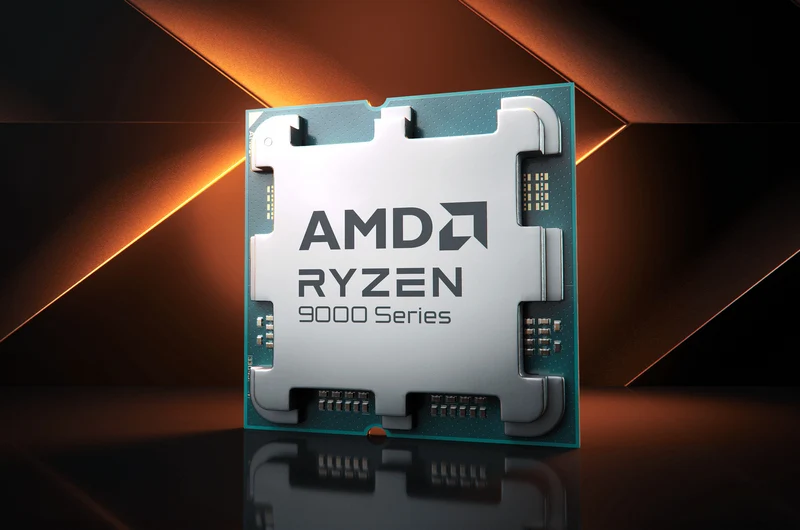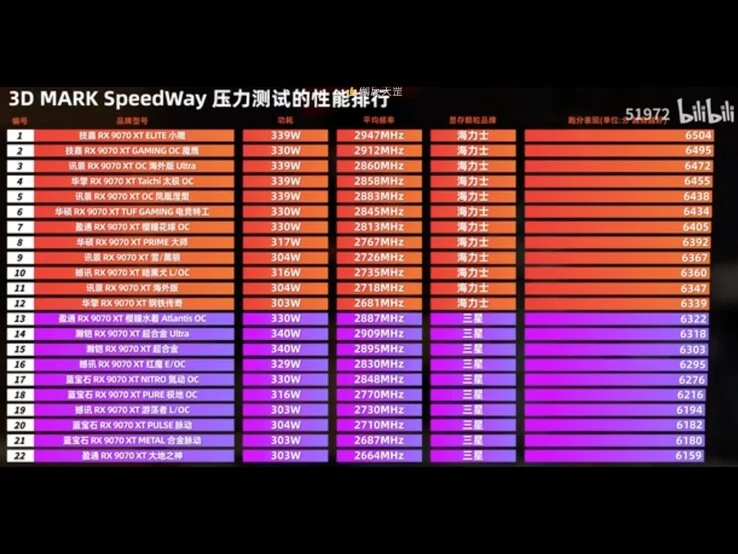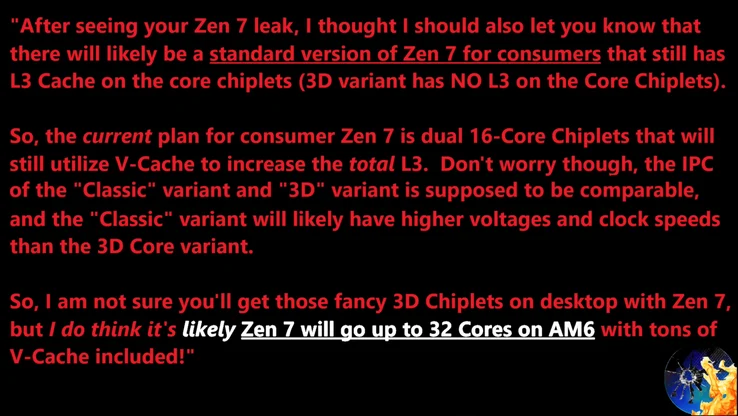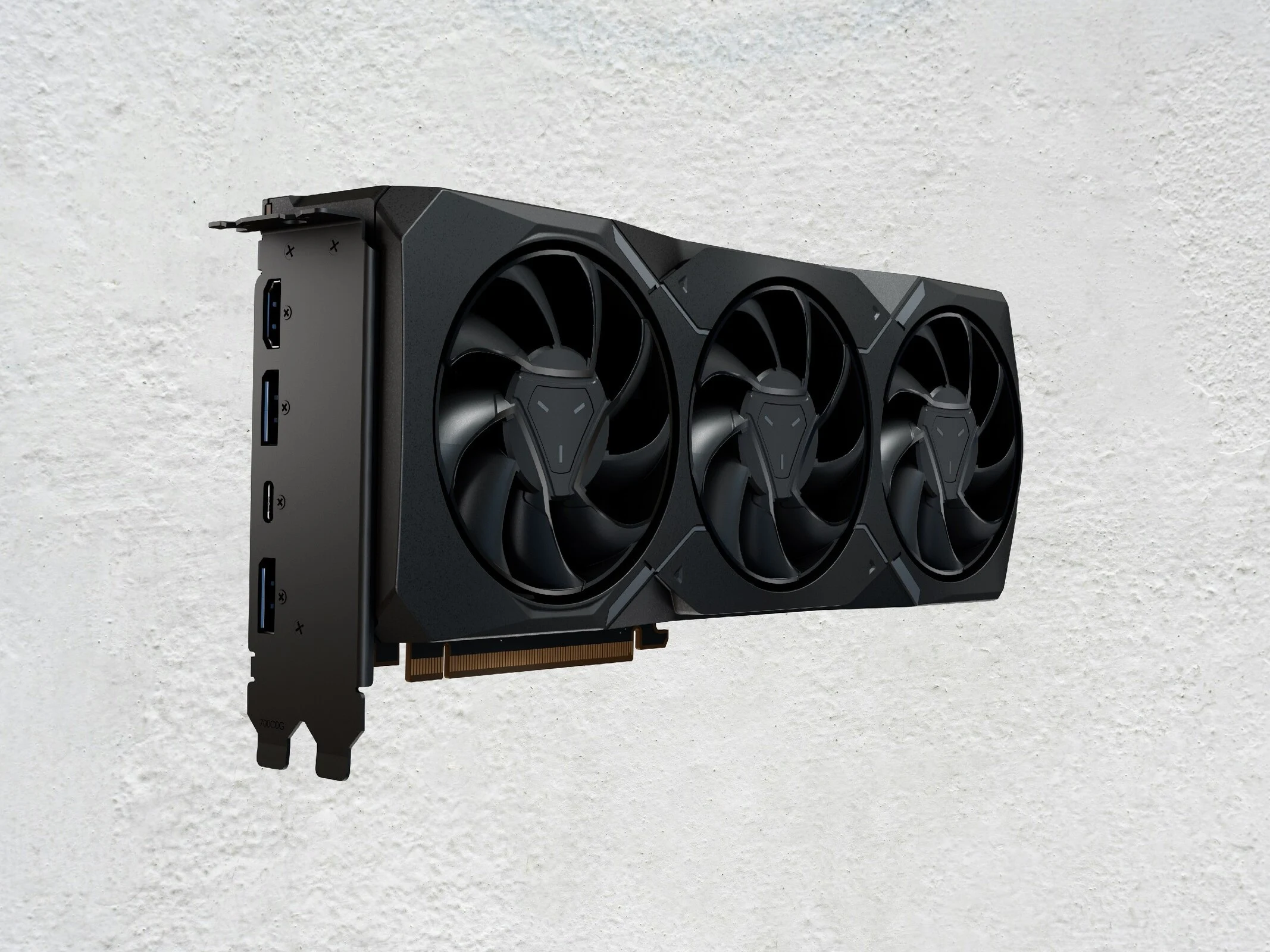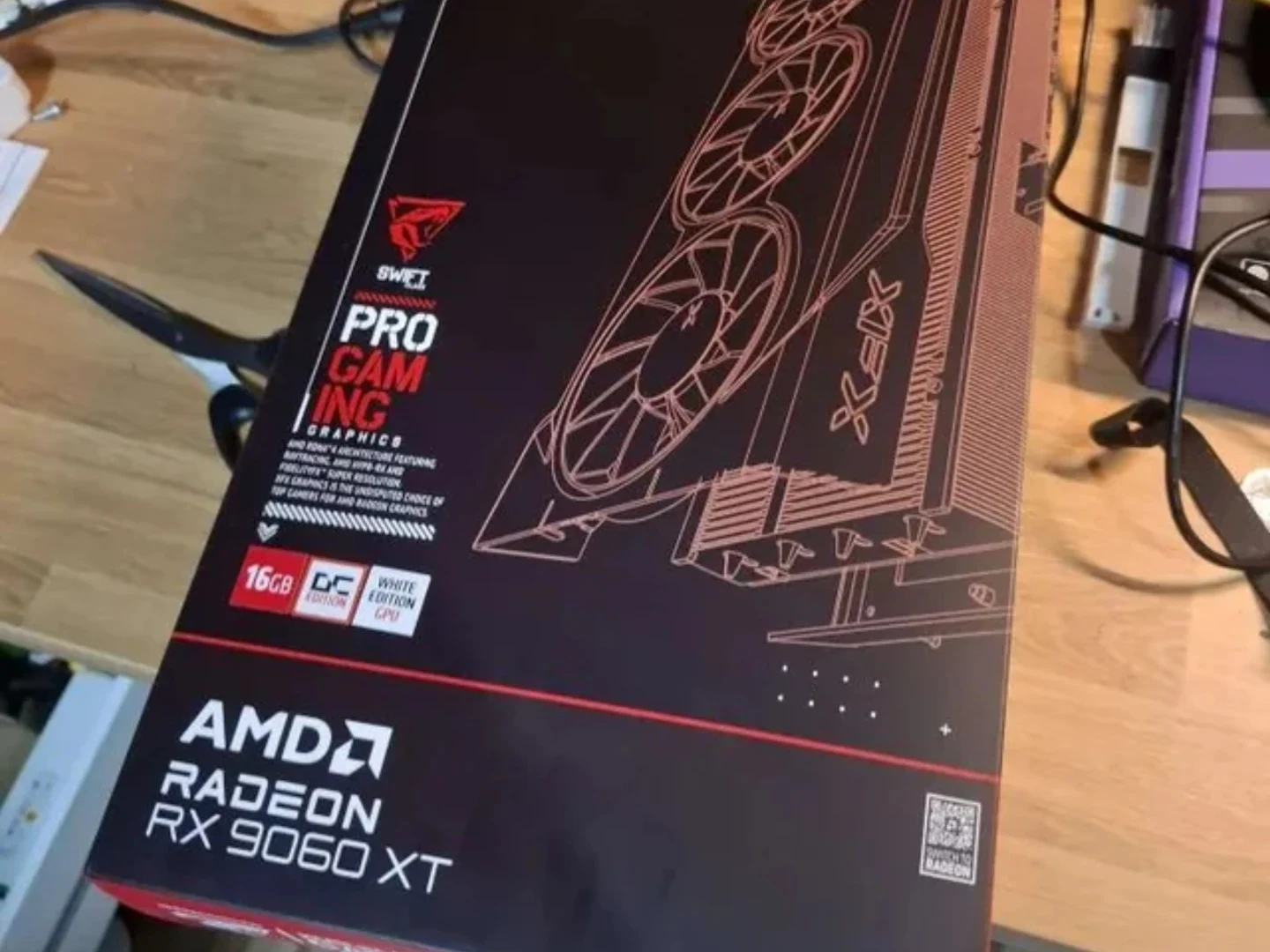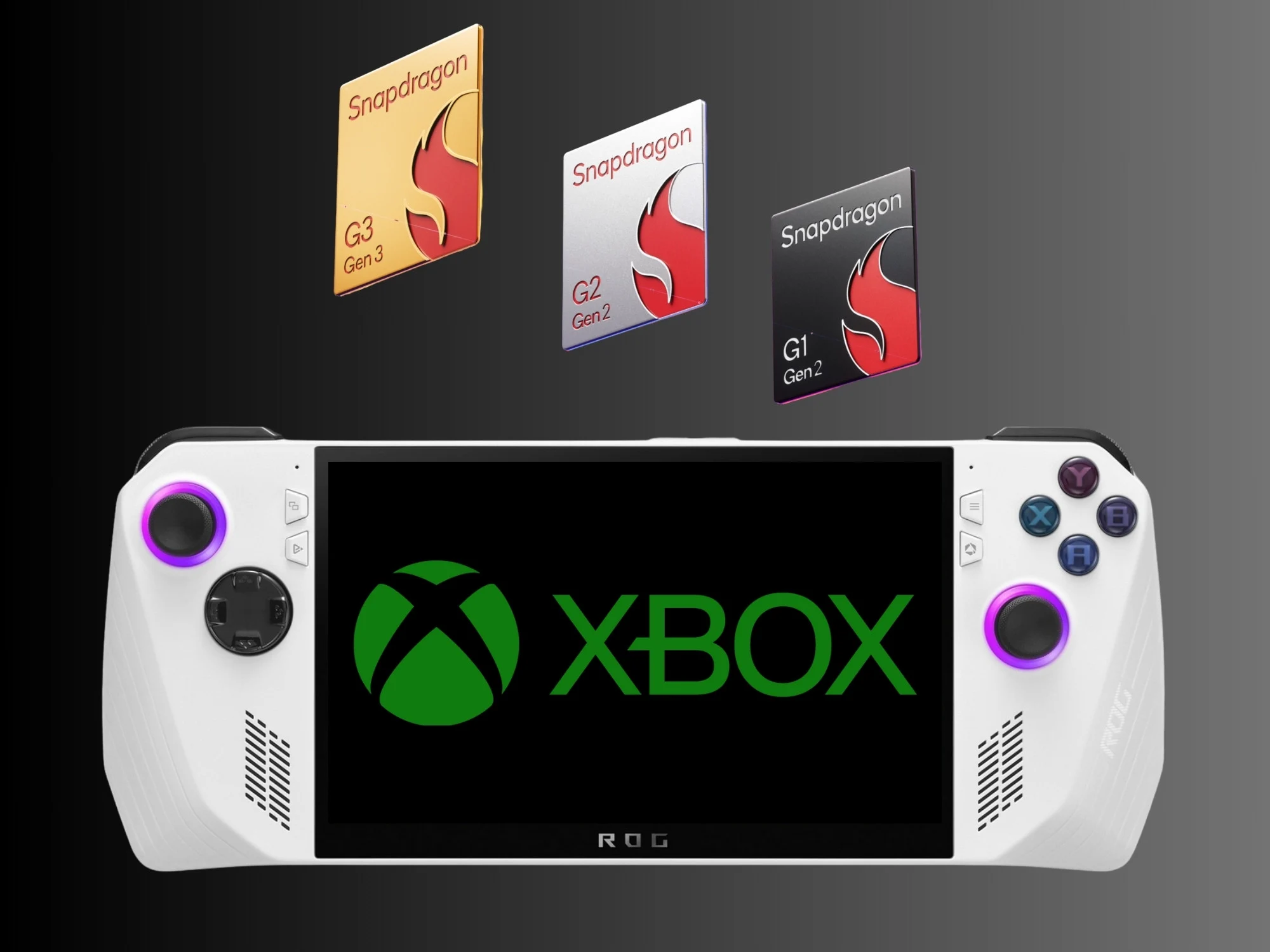Key Takeaways
1. Security Vulnerability: AMD CPUs have a significant security flaw (CVE-2025-2884) in the Trusted Platform Module (TPM) that allows attackers with basic user access to access sensitive data or disrupt the TPM.
2. Coding Error: The flaw stems from a mistake in the TPM 2.0 software’s CryptHmacSign() function, which can expose up to 65,535 bytes of sensitive information.
3. Affected Models: A wide range of Ryzen processors, including desktop, mobile, and Threadripper CPUs, are impacted by this vulnerability, though older generations have received fixes.
4. Permanent BIOS Updates: New BIOS updates from motherboard makers like Asus and MSI are permanent on certain models, preventing users from reverting to earlier firmware versions.
5. Additional Benefits: The BIOS updates not only fix the security issue but also improve compatibility and performance for high-capacity memory configurations and prepare motherboards for future Ryzen processors.
Motherboard makers like Asus and MSI are releasing new BIOS updates that address a significant security vulnerability found in AMD’s CPUs. This problem is connected to the Trusted Platform Module (TPM) and has been officially designated as CVE-2025-2884. The flaw allows attackers with basic user access to possibly reach sensitive data or interfere with the TPM itself. Even though this vulnerability is viewed as medium risk, it stands out because it can be exploited more easily than many similar issues.
Details of the Vulnerability
The root of this security weakness lies in a coding mistake in the TPM 2.0 software, particularly in the CryptHmacSign() function. This flaw permits standard user applications to read more data than they should, which could expose as much as 65,535 bytes of sensitive information. As a result, attackers might take advantage of this issue to either access private data stored in the TPM or cause the module to fail, leading to a denial-of-service situation. The vulnerability is rated as medium severity (CVSS score of 6.6), but its risk is noteworthy due to how easy it is to exploit; it doesn’t need elevated kernel-level permissions, just regular user access.
Affected Processor Models
This flaw impacts a wide range of Ryzen processors, from desktop CPUs like Athlon 3000 “Dali” and Ryzen 3000 “Matisse” to Ryzen 9000 “Granite Ridge.” Mobile chips, including Ryzen 3000 Mobile “Picasso” up through Ryzen AI 300 “Strix Point,” as well as Threadripper workstation CPUs from Threadripper 3000 “Castle Peak” to Threadripper 7000 “Storm Peak,” are also affected. Older AMD CPU generations have already seen fixes for this vulnerability, but the AGESA 1.2.0.3e firmware is specifically aimed at AM5-based platforms.
It’s vital to point out that these BIOS updates are permanent on some motherboards, particularly those from Asus, meaning users cannot revert to earlier firmware versions after installation.
Additional Update Benefits
In addition to addressing the security flaw, the update also prepares motherboards for the upcoming Ryzen processors, expected to be part of the Ryzen 9000F series. Moreover, this update enhances compatibility and performance for high-capacity memory configurations, especially those utilizing 4×64 GB DRAM modules with speeds ranging from 6000 to 6400 MT/s.
AMD encourages users to check their motherboard manufacturer’s support page for the BIOS update and to install it promptly.
Source:
Link

